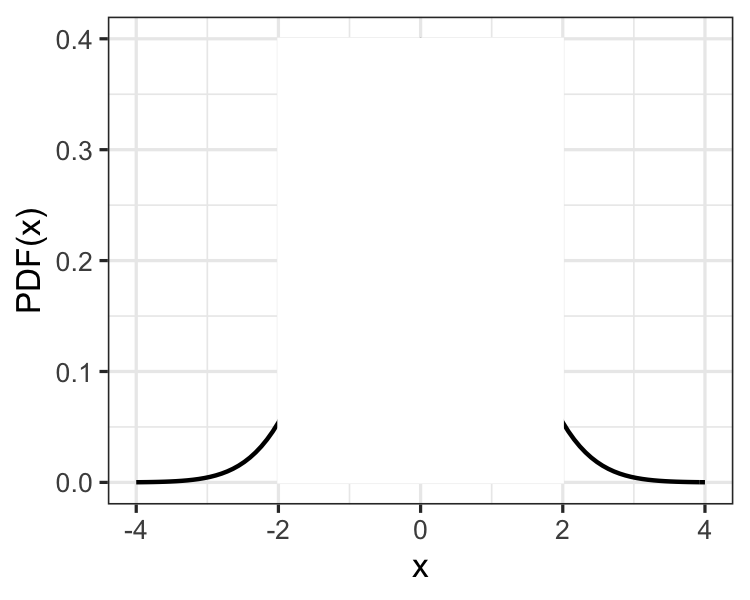p-values
Hypothesis Testing in R

Richie Cotton
Data Evangelist at DataCamp
Criminal trials
- Two possible true states.
- Defendant committed the crime.
- Defendant did not commit the crime.
- Two possible verdicts.
- Guilty.
- Not guilty.
- Initially the defendant is assumed to be not guilty.
- If the evidence is "beyond a reasonable doubt" that the defendant committed the crime, then a "guilty" verdict is given, else a "not guilty" verdict is given.
Age of first programming experience
age_first_code_cutclassifies when Stack Overflow user first started programming"adult"means they started at 14 or older"child"means they started before 14
- Previous research suggests that 35% of software developers started programming as children
- Does our sample provide evidence that data scientists have a greater proportion starting programming as a child?
Definitions
A hypothesis is a statement about an unknown population parameter.
A hypothesis test is a test of two competing hypotheses.
The null hypothesis ($H_{0}$) is the existing "champion" idea.
The alternative hypothesis ($H_{A}$) is the new "challenger" idea of the researcher.
For our problem
- $H_{0}$: The proportion of data scientists starting programming as children is the same as that of software developers (35%).
- $H_{A}$: The proportion of data scientists starting programming as children is greater than 35%.
- Two possible true states.
- Defendant committed the crime.
- Defendant did not commit the crime.
- Two possible verdicts.
- Guilty.
- Not guilty.
- Initially the defendant is assumed to be not guilty.
- If the evidence is "beyond a reasonable doubt" that the defendant committed the crime, then a "guilty" verdict is given, else a "not guilty" verdict is given.
- In reality, either $H_{A}$ or $H_{0}$ is true (but not both).
- The test ends in either "reject $H_{0}$" verdict or "fail to reject $H_{0}$".
- Initially the null hypothesis, $H_{0}$, is assumed to be true.
- If the evidence from the sample is "significant" that $H_{A}$ is true, choose that hypothesis, else choose $H_{0}$ .
Significance level is "beyond a reasonable doubt" for hypothesis testing.
One-tailed and two-tailed tests

Hypothesis tests determine whether the sample statistics lie in the tails of the null distribution.
| Test | Tails |
|---|---|
| alternative different from null | two-tailed |
| alternative greater than null | right-tailed |
| alternative less than null | left-tailed |
$H_{A}$: The proportion of data scientists starting programming as children is greater than 35%.
Our alternative hypothesis uses "greater than," so we need a right-tailed test.
p-values
- The larger the p-value, the stronger the support for $H_{0}$.
- The smaller the p-value, the stronger the evidence against $H_{0}$.
- Small p-values mean the statistic is in the tail of the null distribution (the distribution of the statistic if the null hypothesis was true).
- The "p" in p-value stands for probability.
- For p-values, "small" means "close to zero".
Defining p-values
A p-value is
the probability of observing a test statistic
as extreme or more extreme
than what was observed in our original sample,
assuming the null hypothesis is true.
Calculating the z-score
prop_child_samp <- stack_overflow %>%
summarize(point_estimate = mean(age_first_code_cut == "child")) %>%
pull(point_estimate)
0.388
prop_child_hyp <- 0.35
std_error <- 0.0096028
z_score <- (prop_child_samp - prop_child_hyp) / std_error
3.956
Calculating the p-value
pnorm()is normal CDF.- Left-tailed test → use default
lower.tail = TRUE. - Right-tailed test → set
lower.tail = FALSE.
p_value <- pnorm(z_score, lower.tail = FALSE)
3.818e-05
Let's practice!
Hypothesis Testing in R

